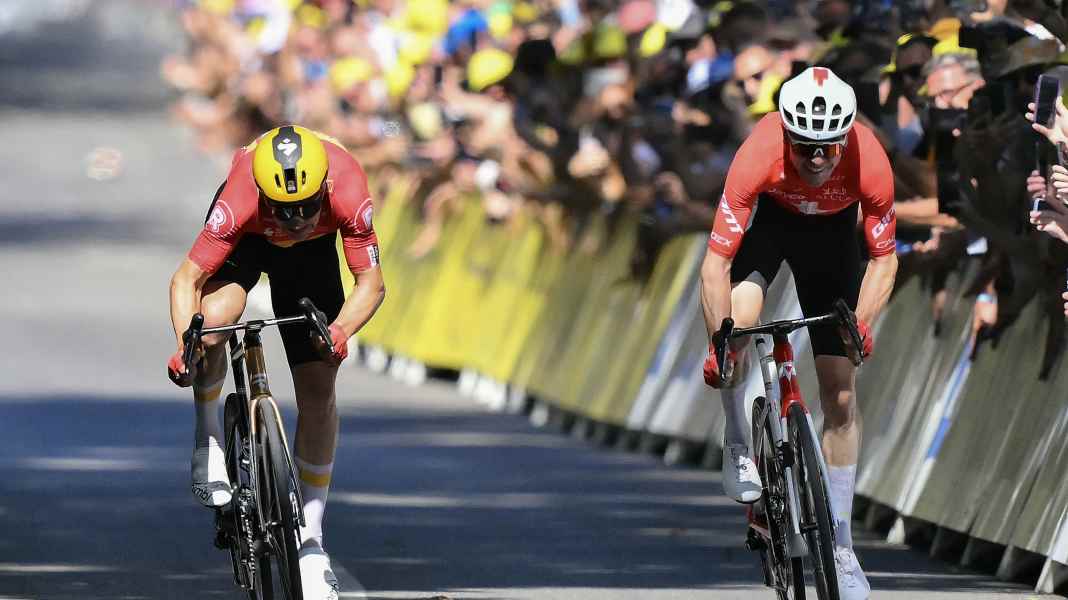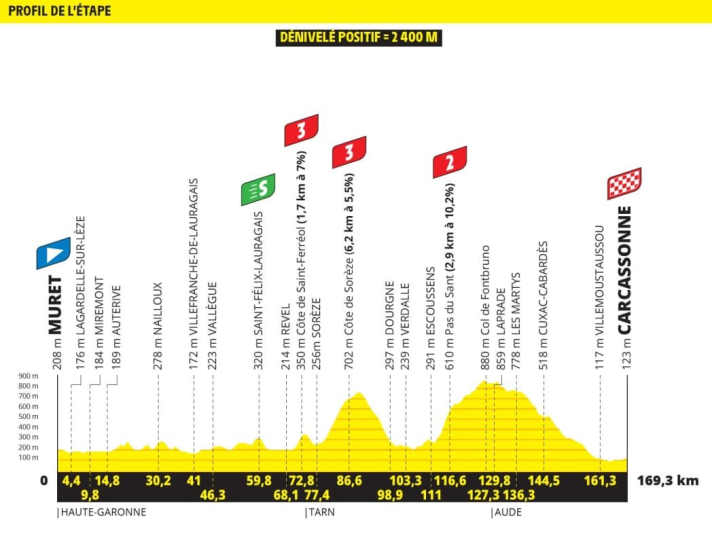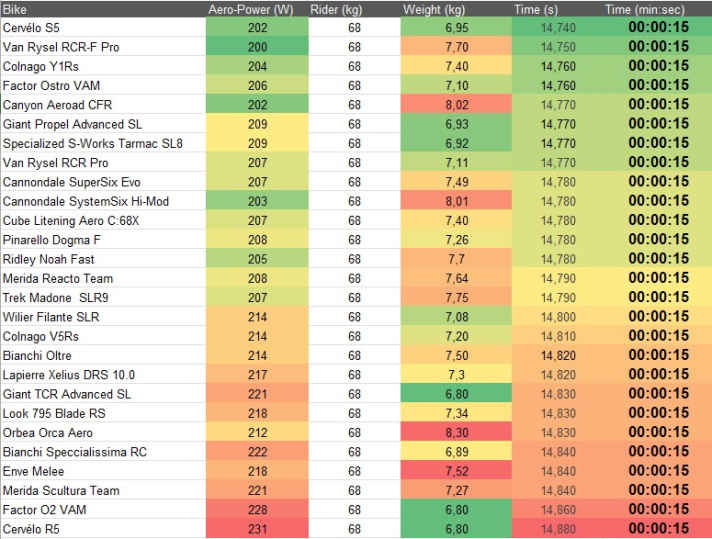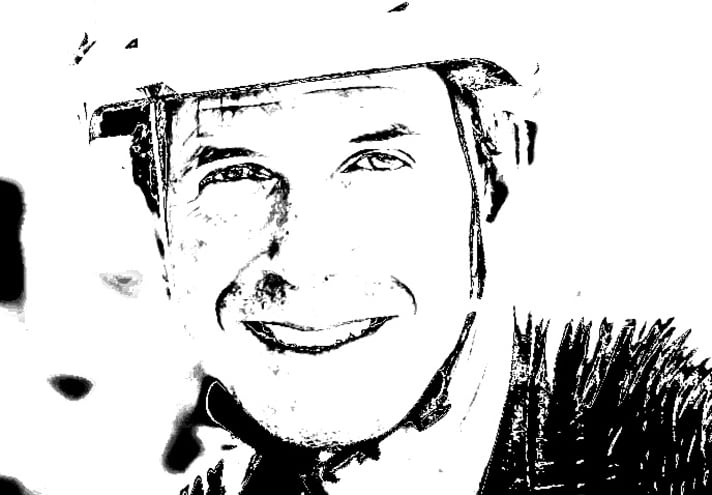
Tour de France 2025 - Stage 15: Muret - Carcassone | 169,3 Kilometers

The 15th stage is unlikely to bring any changes to the classification. Breakaway riders will try to get through, while the sprinter teams will fight back. Today is likely to be the penultimate opportunity for a sprint finish.
However, the sprinter teams will be very busy controlling the breakaway riders and maneuvering their sprinters over the two mountains of the day. The second mountain of the day has a gradient of up to 9% – not terrain where the heavyweights shine. Strong breakaway riders will be faster here.
From Col de Fontbruno, the last summit, it is still 42 kilometers to the finish. If a group is riding fast at the front, it will be difficult for the teams to bring the sprinters who have been left behind back to the front.
The outcome will depend on the quality of the breakaway group. But a sprint from a group seems to be the most plausible scenario. The bikes of the day are set: Aero is everything!
This tour is so tough – mostly from kilometer zero onwards – that it is clear what matters most: slipping through the wind as well as possible. At 50 km/h, air resistance is dominant. And the longer a rider is exposed to the wind, the more important it becomes to conserve energy throughout the entire race to still have reserves in the final.
In our simulation of the day, we don't have top sprinters competing against each other, but exhausted breakaway riders who, after tactical skirmishes at low speed, open the sprint 200 meters before the finish.
The home stretch in Carcassonne on Boulevard Marcou is slightly uphill, and after a slight left turn, it's 200 meters straight to the finish line. Which bike is most helpful under these conditions? Does weight have a greater impact when the starting speed and top speed are lower than in a mass sprint with lead-out riders?
The number of the day: 14 hundredths
The Cervélo S5 wins the sprint with its combination of excellent aerodynamics and low weight. However, the Van Rysel RCR-F Pro is very close behind despite its excess weight, as is Mathieu van der Poel's Canyon Aeroad, which we weighed. This means that even in this slower sprint, aerodynamics neutralizes excess weight. Once again, the slowest bike is the lightweight bike from Cervélo, which trails by 14 hundredths of a second.
From a technical point of view, every detail counts in a final like this: bike, clothing, and position. The sum of many small technical details determines who comes out on top. Always assuming that the legs are performing at the same level.
One of the details is disposing of the bottle before the final sprint. Not because of the weight, but because the bottle on the downtube causes a few watts of additional aerodynamic drag.
An overview of the (almost) complete field*

The lightweight and aerodynamic Cervélo S5 is once again at the front in the 200 meter sprint at low speed.
Our expert

Robert Kühnen studied mechanical engineering, writes for TOUR about technology and training topics and develops testing methods. Robert has been refining the simulation calculations for years, they are also used by professional teams.
